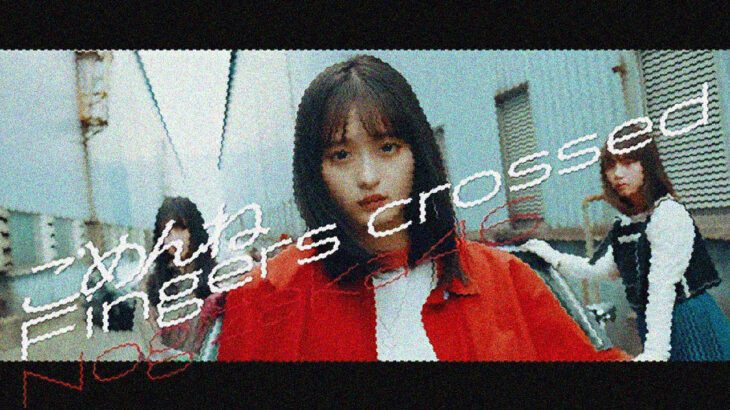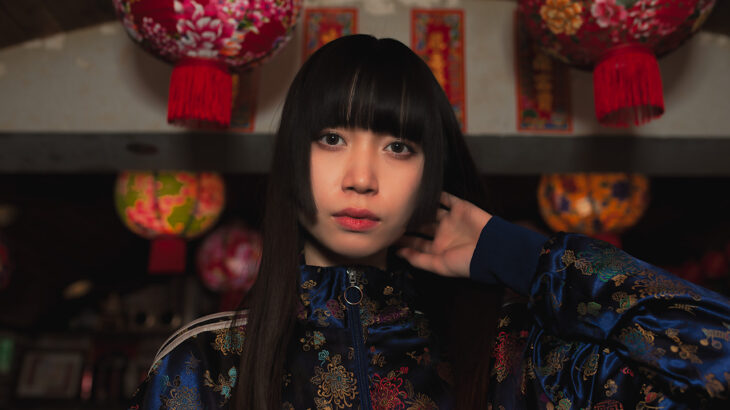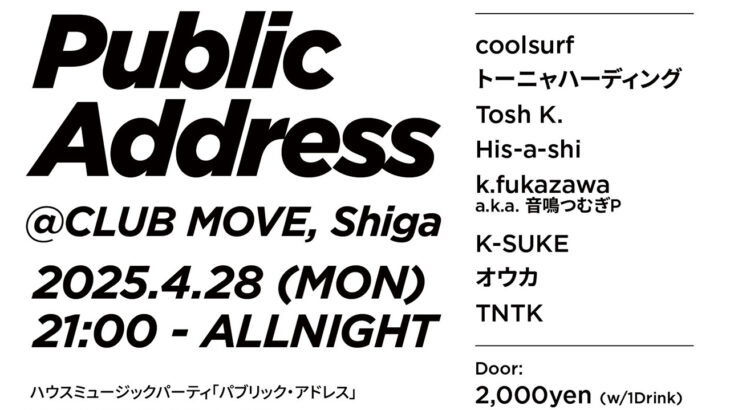This original text was written in Japanese on note:
https://note.com/tonyaharding/n/nb05cf3a68d5b
For fans of Japanese city pop and JPOP, I’ve translated and adapted it into English, adding context and explanations to help make sense of the nuances.
── On the Margins of DJ Discourse and the Responsibility It Entails
It’s been a while since I last wrote about DJing—if you can even call it “writing about DJing.”
Recently, I blurted out on mixi (a Japanese social media platform), “All these DJ arguments on social media are basically trash.” Of course, that’s not to say I dismiss everything entirely. In fact, I have deep respect for those who offer thoughtful insights and honest reflections.
Some DJs, taking these complexities into account, have shared their know-how and personal experiences in detail on platforms like note (a Japanese blogging site) or their own blogs. They don’t just throw out careless remarks and move on. Instead, they document the dance scene around them and strive to pass on what they’ve learned to the next generation. I have nothing but admiration for that.
This is not what you might call “DJ discourse” in quotation marks—something to be mocked or dismissed. Rather, it’s a heartfelt chronicle, an educational resource, and a serious voice reaching out to someone, somewhere.
But scrolling through social media timelines, you’ll find serious opinions, jokes, lies, trash talk, social climbing, and opportunistic comments all jumbled together. Taken as a whole, it might leave the impression that DJs are careless people, that clubs are intimidating spaces, or that there’s just a lot of arrogant talk floating around.
I imagine there are people out there—potential fans or even just critics—who see this and feel put off. I’ve always worried about whether my own offhand remarks might stop someone in their tracks before they ever get to experience the music for themselves.
Recently, I posted on social media about what’s known in Japan as the “1-chorus transition” issue.
Exchange on Social Media
I posted on X (formerly Twitter) and shared this exchange:
DJ aim
ワンコーラス繋ぎが至高!2番の歌が入ったら死ぬ!みたいなDJして来たけど2分代の曲とかも当たり前になってきた昨今、果たしてそれが正解なのか自問自答してる。#黄昏踊場 までに答えが出るのか。
— エイム aka オーエル・ダーティー・バスタード (@aim_calpis) May 29, 2025
→“One-chorus transitions are supreme! The moment the second verse hits, it’s over!” That’s the kind of DJing I’ve been doing. But lately, with songs getting shorter and shorter—like down to just two minutes—I’m starting to question whether that’s really the best approach. I’m wondering if I’ll have an answer by the next event.
My Quote Post of DJ aim’s Post:
エイム君のこれは大きな問題意識だと思っていて、どう考えても作り手が大事だと思ってる箇所が終盤にあったとしても1コーラス繋ぎ前提のJPOP DJマナーだと当たり前に飛ばすじゃないですか。そんな事にこだわってたら時代はどんどん曲を短くする方向に進んでいってそれもまた面白い https://t.co/xK3D2NjtpG
— tragedy night (@tragedynight46) May 29, 2025
→I think Aim’s point here is a really important one. Even if the part of the song that the creator cares most about is in the latter half, in the world of JPOP DJing, where the “one-chorus transition” has become a kind of unspoken rule, that part just gets cut off without a second thought. And yet, if you think about it, as music keeps getting shorter and shorter, there’s something fascinating about that too.
BUBBLE-B’s Quote Post of My Post:
J-POPの1コーラス繋ぎ、そのクイックさがテクニックの見せ場みたいになるけど、メロディはともかく歌詞は最後まで聞かせて完結すると思うので、「曲を聴いた!」みたいな達成感が薄いのが問題だと思う。2コーラス目もギターソロもなんならアウトロも聴きたい https://t.co/hn6cScX8II
— BUBBLE-B@コミティア152 お-52b「本店の旅」 (@BUBBLE_B) May 30, 2025
→The one-chorus transition style in J-POP DJing—it’s almost like a display of how quick and technical you can be. But while the melody might be catchy enough, I feel like the lyrics only reach their full meaning if you hear them all the way through to the end. That’s why I think this style leaves you with less of a sense of actually “hearing the whole song.” I want to hear the second verse, the guitar solo, and even the outro.
Looking back on this interaction, I was reminded of both the power and the fleeting lightness of words tossed out on social media. The quickness is captivating—but the SNS format, built around brief, definitive statements, is something I’ve never been entirely comfortable with.
It’s the same with DJing. Declaring that one-chorus transitions are the only way to go—it’s thrilling, and there’s a certain energy in that stance. But trying to cram the atmosphere of a real dance floor, the texture of sound, the breath of the crowd, and the warmth of the DJ booth itself into a mere 140 characters? It feels impossible. All that remains are fragments, stripped of the richness and context that make the moment real.
My DJ Journey
It’s been almost 25 years since I first started DJing.
That said, I haven’t always been active—there were long periods of downtime, and in many ways, I feel like I’m starting from scratch again.
Still, I’m grateful that people continue to reach out to me, whether it’s through the DJ mixes I’ve put out or the connections I’ve managed to keep alive, even in small ways.
I’ll admit I often get caught up in the glow of my past “glory days” (laughs).
For instance, there was “akinet,” an event hosted by MOGRA at the now-closed ageHa. It wasn’t just with my partner Prestige Kato—I’ll never forget the night when the late Yamada Warp joined us to play EWI live. At one point, a drunken tomad jumped into the booth and the entire floor just erupted. That memory is still vivid for me.
Note: tomad is the founder of Maltine Records.
tomad, seen on the right side of this photo, apparently doesn’t remember any of it because he was so wasted—meanwhile, I was in tears (laughs). He even climbed up on the booth afterward to hype up the crowd even more, before finally getting dragged down by security (laughs). (Note: Don’t try this —seriously, it’s dangerous!)
At the Ringo Ongakusai festival, DJing felt like being wrapped in the perfect location and atmosphere. And at Beppu Park’s “SLIDE THE CITY,” where they’d actually brought in hot springs, I’ll never forget the view from the DJ booth lifted high above by a crane—like a dream. Even the memory of watching the super-busy Rino Sashihara show up and graciously greet so many fans is tied to the special energy of that scene.
Of course, it wasn’t all flashy moments like those. In fact, there were far more failures. I used to organize events in Shibuya that were mainly house and techno, but as I tried to incorporate JPOP and underground idol acts, things got messy. Audience numbers started dropping, and one by one, DJ friends drifted away. I felt deeply just how hard and lonely it can be to gather people through music. That event never even had a proper ending—it just quietly faded out.
In the end, what’s left is the duo with Prestige Kato. We’ve had our share of ups and downs, and there were probably more breaks than active periods, but even so, our 20+ year partnership remains the core of what I do.
To learn more about our project “Rehabilitation,” check here.
https://harding.jp/en/archives/rehabilitation-a-journey-of-endless-musical-revival.html
What I Felt at the 1-Chorus Transition Events

There’s definitely something fun about the “1-chorus transition” culture at JPOP DJ events.
When it’s spelled out clearly from the start—like “This event is all about one-chorus transitions!”—the rule is shared by everyone, and the whole floor enjoys the pace and technique of that approach. I’ve played at events like that, and I’ve felt the rush of excitement from that game-like atmosphere.
But the problem is when that rule becomes an unspoken expectation, even in places where it’s never been clearly stated.
I remember once when I deliberately played a track all the way to the end. The floor’s response was flat-out bored. Part of that is definitely on me and my lack of skill.
Yet at the same time, looking out at the crowd, I wondered—were they really here to experience the context of the music? Or were they just here for the “rule” of it all? And what happened to the music itself?
On the other hand, there are places where the 1-chorus transition has become so ingrained in the culture that it feels absolutely right. When a DJ messes up there, they might get laughed at or even booed—but that’s all part of the culture, too.
So it’s not about whether it’s good or bad. It’s about what gets cut out by those rules—and what might be lost in the process.
The DJ’s Freedom and Respect for the Creator
DJing is the act of playing someone else’s music.
From my own experience playing house music, I’ve seen that a lot of dance music is built with the idea of being mixed—there’s an intentional spaciousness in the intro and outro, a kind of blank canvas left for the DJ to fill in.
But JPOP isn’t like that. From the very first note to the last, the creator’s vision and meticulous attention are packed in. There’s no empty space, which means that doing a one-chorus transition can be an act of cutting off that prayer or intention.
Of course, there are DJs who proudly declare, “That’s my aesthetic!”—and that’s a beautiful expression of freedom, too.
Personally, I can’t pull off that level of freedom or creativity, like the DJ arigatou who weave in just an intro or jump to the next song in the middle of the first verse. Sure, there were times I wanted to try it, but whenever I did, it just felt like noise.
So at the very least, I want to stay within what I can do—and always keep respect for the creator’s intentions at the center of it all.
Concerns and Hopes About Social Media and Short-Form Videos

Social media and short-form videos, where everything is judged by how quickly and vividly it can be consumed, come with a certain danger. Flashy, easily digestible content is what wins out—and that means all the quiet spaces, the subtle wabi-sabi textures, get shaved away.
Even if the one-chorus transition style has become the dominant way of DJing, the essence of DJing is about weaving a narrative across a set that’s at least 30 minutes long. And I’ll be the first to admit: expressing that in written form isn’t easy. More than that, I don’t have the knack for short, punchy statements.
Still, I have to say that modern DJs who can harness the power of social media and short videos—who can turn those flashes of the club scene into something like a movie trailer—are genuinely impressive. Some of them use that speed and clarity to highlight the fleeting beauty of moments you’d otherwise only see at the actual event. That’s a skill I don’t have, and I respect them for it.
But just like movies, I believe that so much of what matters in a DJ set or a club space simply can’t be captured that way. That’s why I hope people will actually come out and experience it in person—and if I’m going to leave these thoughts in writing, I want to be careful not to let them slip into unnecessary posturing or defensiveness.
No Conclusion, but Responsibility Remains
There’s no conclusion. Because freedom itself doesn’t demand one.
But whenever you speak of freedom, there’s still a responsibility—especially for DJs, who take someone else’s work and make it sing in a new place and time. The same goes for words on social media. Even a casual remark can cut deeper than you intended. Words might vanish quickly, but somewhere, they still have the power to move someone’s heart.
So once again, I’m going back to square one, facing music head-on.
Above all else, I want to hold onto a deep respect for the music, and to remember that even in the tiniest gaps of freedom, there’s something beautiful waiting to be found.
Thank you for reading to the end.









コメントを書く